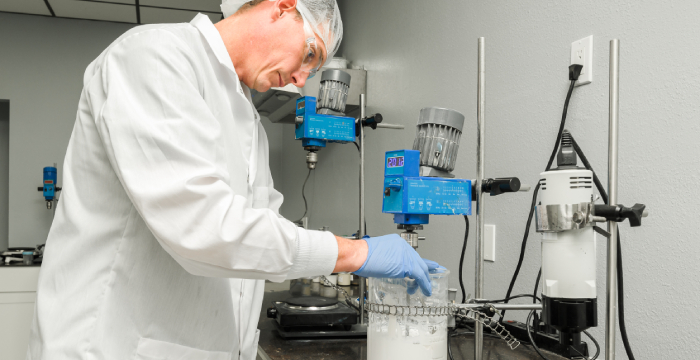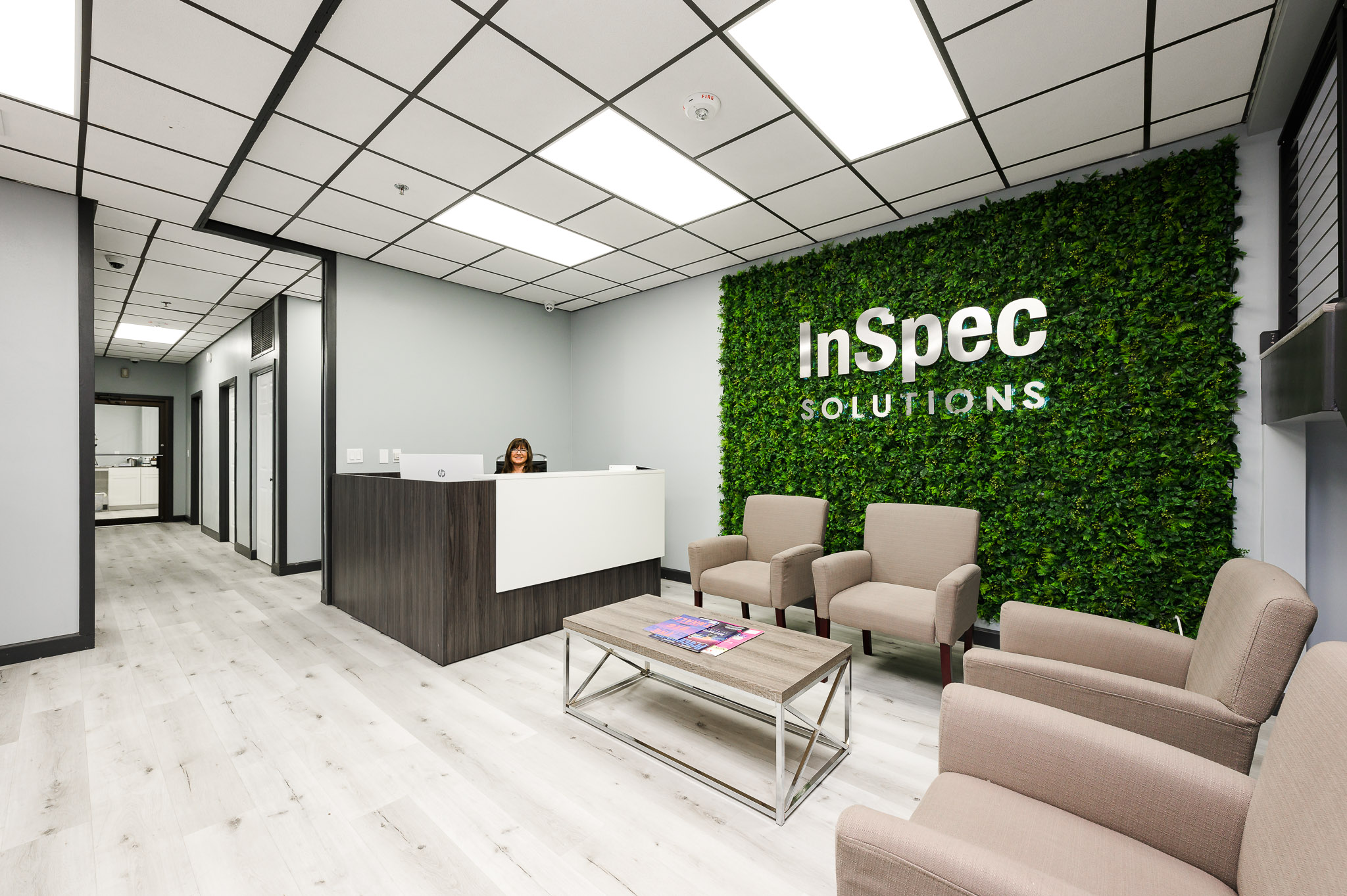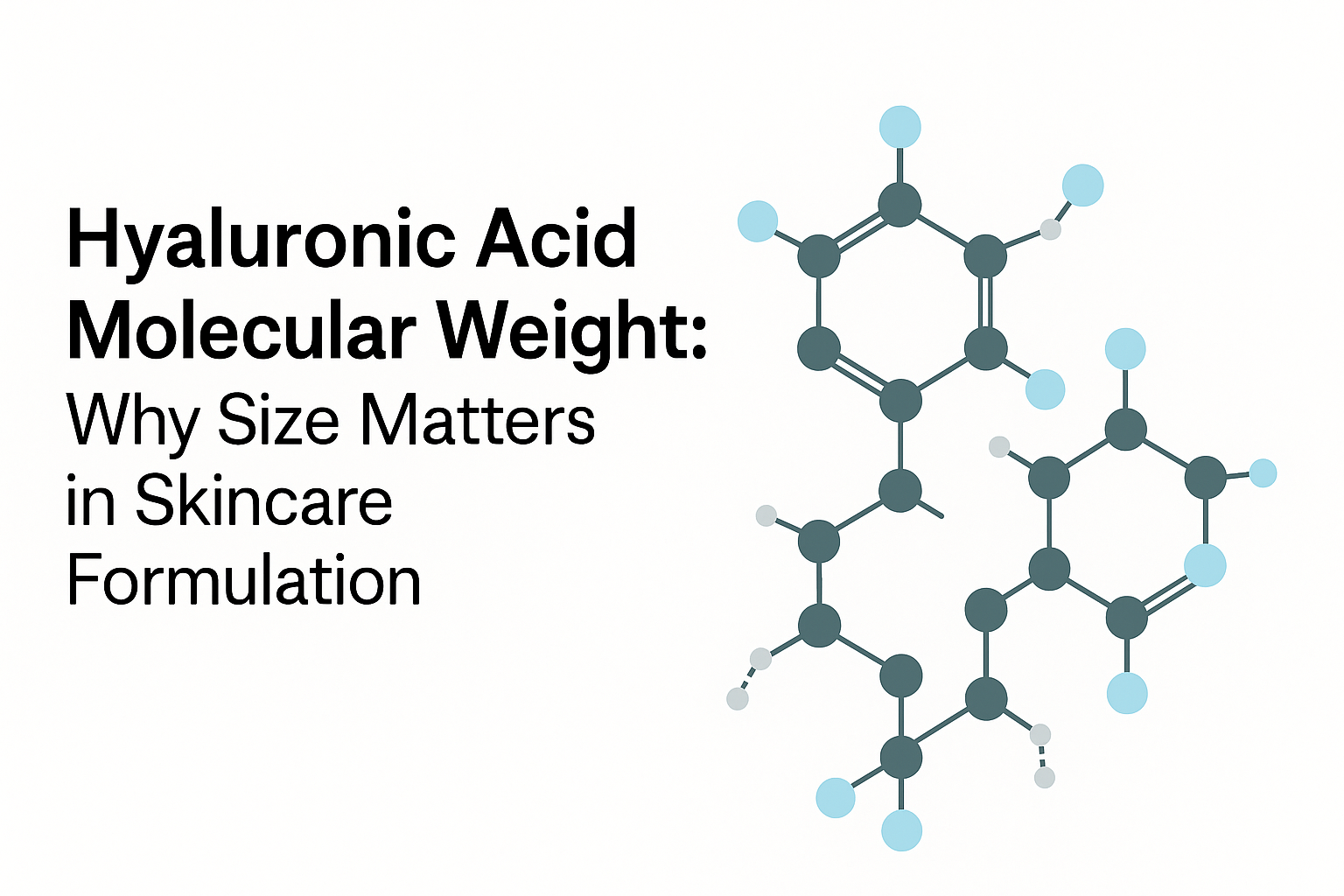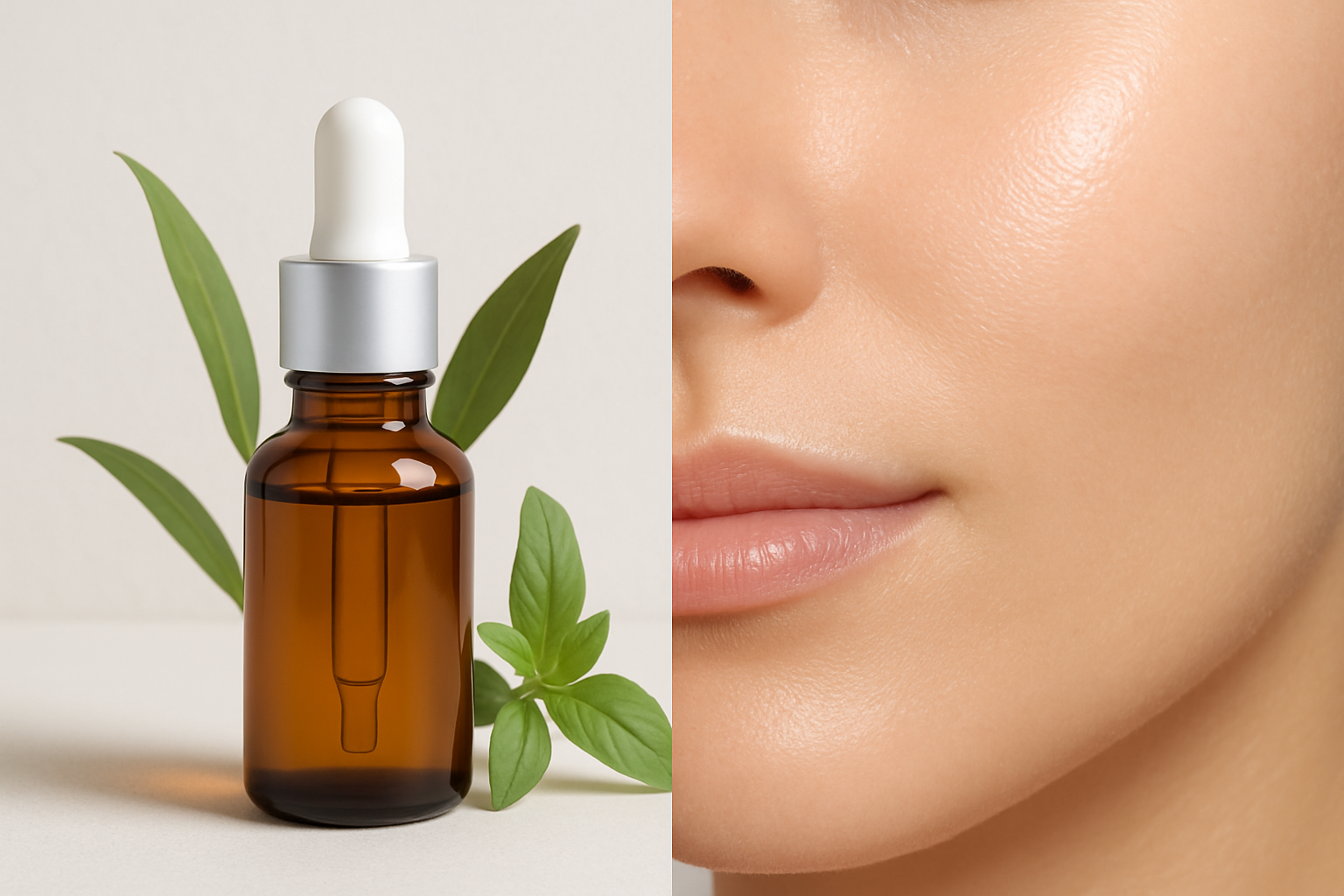In a world where precision and efficiency reign supreme, the realm of drug delivery and nutrient encapsulation is undergoing a revolution. At InSpec Solutions, innovation is not just a buzzword; it’s our guiding principle. We’re dedicated to pushing the boundaries of what’s possible, and one of our most powerful tools in this endeavor is liposome technology.
Understanding Liposome Technology
Liposomes are microscopic vesicles composed of lipid bilayers, mimicking the structure of cell membranes. This unique structure allows liposomes to encapsulate both hydrophilic and hydrophobic molecules within their aqueous core or lipid bilayers, making them versatile carriers for a wide range of active ingredients.
Unlike traditional drug delivery systems, which often rely on passive diffusion or chemical conjugation, liposomes offer several distinct advantages:
1. Targeted Delivery: Liposomes can be engineered to target specific tissues, cells, or organelles within the body, thanks to surface modifications such as ligand conjugation or surface charge modulation. This targeted approach minimizes off-target effects and maximizes therapeutic efficacy.
2. Enhanced Stability: Many drugs and nutrients exhibit poor stability in physiological conditions, leading to degradation and loss of efficacy. By encapsulating these molecules within liposomes, we can shield them from enzymatic degradation, oxidation, and other destabilizing factors, ensuring their integrity during storage and transport.
3. Improved Bioavailability: Liposomes can overcome biological barriers such as the gastrointestinal tract or the blood-brain barrier, enhancing the absorption and distribution of encapsulated molecules in the body. This increased bioavailability translates to higher therapeutic efficacy and lower required doses, reducing the risk of side effects.
Liposome Technology vs. Encapsulation Technology
While liposome technology is a subset of encapsulation technology, there are key differences between the two:
Composition: Liposome technology primarily utilizes lipid bilayers to encapsulate active ingredients, whereas encapsulation technology encompasses a broader range of materials, including polymers, proteins, and carbohydrates.
Structure: Liposomes have a specific bilayer structure, with hydrophilic heads facing outward and hydrophobic tails facing inward, forming a shell around the aqueous core. Encapsulation technologies can produce a variety of structures, including nanoparticles, microcapsules, and matrices, depending on the material used for encapsulation.
Applications: Liposome technology is commonly used for drug delivery applications, where precise targeting and enhanced stability are critical. In contrast, encapsulation technology has broader applications beyond drug delivery, including food encapsulation, cosmetics, and environmental remediation.
Driving Innovation in Drug Delivery and Nutrition
At InSpec Solutions, we’re leveraging the power of liposome technology to drive innovation in active delivery.
Through collaboration with companies, research institutions, and agencies, we’re advancing the field of liposome technology and unlocking new possibilities for improving human health and well-being. With a relentless focus on innovation, quality, and efficacy, we’re shaping the future of delivery systems and revolutionizing the way active ingredients are delivered and absorbed in the body.
Join us on this journey of discovery and innovation. Together, we can harness the power of liposome technology to create a healthier, more efficient world for generations to come. At InSpec Solutions, the future is bright, and the opportunities are endless.
Examples of how we have implemented Liposome technology
Liposome technology has indeed become a cornerstone in both cosmetics and over-the-counter (OTC) products, thanks to its remarkable ability to enhance the delivery and efficacy of active ingredients. Let’s expand upon the examples provided and introduce additional instances where liposomes play a pivotal role in anti-aging skincare:
Cosmetics:
- Anti-aging Serums: In addition to vitamins C and E, liposomal formulations can incorporate retinoids such as retinol or retinaldehyde. These potent forms of vitamin A stimulate collagen production, reduce the appearance of wrinkles, and promote smoother, firmer skin.
- Moisturizers: Liposomes loaded with retinyl palmitate, a gentler form of vitamin A, can be incorporated into moisturizers to improve skin texture and minimize the signs of aging without causing irritation.
- Sunscreen: Alongside UV filters, liposomal formulations can include antioxidants like retinyl acetate or beta-carotene. These antioxidants protect the skin from UV-induced damage and help prevent premature aging caused by environmental stressors.
- Whitening/Brightening Products: In addition to kojic acid and niacinamide, liposomal formulations can contain retinyl propionate or retinyl retinoate. These retinoid derivatives help fade dark spots and promote a more even skin tone.
- Acne Treatments: Alongside salicylic acid or benzoyl peroxide, liposomal formulations can incorporate adapalene, a retinoid that helps unclog pores and prevent acne breakouts by promoting cell turnover.
Over-the-Counter (OTC) Applications:
- Pain Relief Creams: In addition to menthol or lidocaine, liposomal formulations can contain diclofenac, a nonsteroidal anti-inflammatory drug (NSAID) that provides targeted relief from inflammation and pain associated with arthritis or muscle injuries.
- Topical Antifungals: Alongside miconazole or clotrimazole, liposomal formulations can include butenafine, a synthetic antifungal agent that effectively treats fungal infections of the skin and nails.
- Wound Healing Products: In addition to growth factors and antimicrobial agents, liposomal formulations can contain retinoic acid, a powerful stimulator of wound healing that promotes cell proliferation and collagen synthesis.
- Topical Steroids: Alongside hydrocortisone or betamethasone, liposomal formulations can incorporate tretinoin, a retinoid that enhances the anti-inflammatory effects of corticosteroids and improves their penetration into the skin.
- Anti-itch Creams: In addition to colloidal oatmeal or menthol, liposomal formulations can contain hydrocortisone or clobetasol, corticosteroids that reduce itching and inflammation associated with eczema, psoriasis, or allergic reactions.
By leveraging liposome technology in these diverse applications, cosmetics and OTC products can deliver targeted, efficacious solutions for a wide range of skincare concerns, including anti-aging.




